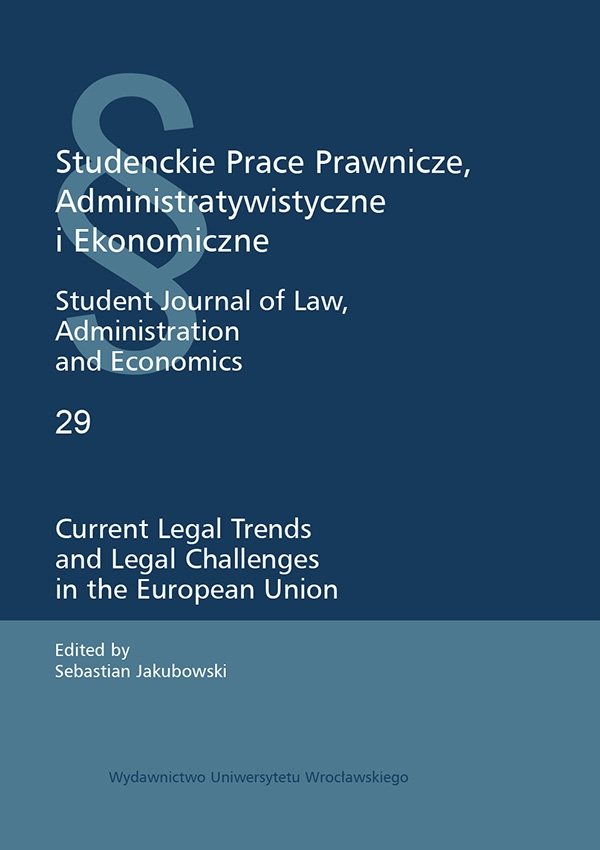

Scientific Articles

The subject of this article is the resolution of the enlarged composition of the Supreme Court of June 5, 2018, which resolves the issue of acquiring by land easement with the content corresponding to transmission easement together with the acquisition by a state-owned company of transmission facilities developed on State Treasury properties. As a result of granting property rights to state-owned companies of state property in the early 1990s, the ownership of the transmission infrastructure and the property on which they were situated were separated.
In the judicature, divergent concepts emerged regarding the solution of the issue of further use of this land by transmission companies. According to the first one, the transfer of property rights was accompanied by the creation by law of a land easement with the content corresponding to a transmission easement. On the other hand, according to the second concept, obtaining a legal title for further use of the property was possible only through contractual acquisition or prescription of transmission easement.
Powstanie z mocy prawa służebności gruntowej o treści odpowiadającej służebności przesyłu w świetle uchwały Sądu Najwyższego z dnia 5 czerwca 2018 roku, sygn. akt III CZP 50/17
Tematem artykułu jest uchwała powiększonego składu Sądu Najwyższego z dnia 5 czerwca 2018 roku, która rozstrzyga kwestię nabycia z mocy prawa służebności gruntowej o treści odpowiadającej służebności przesyłu wraz z nabyciem przez przedsiębiorstwo państwowe własności urządzeń przesyłowych posadowionych na nieruchomościach Skarbu Państwa. W wyniku uwłaszczenia mienia państwowego na początku lat dziewięćdziesiątych ubiegłego wieku doszło do rozdzielenia własności infrastruktury przesyłowej oraz nieruchomości, na której były one posadowione. W judykaturze pojawiły się rozbieżne koncepcje odnośnie do rozwiązania kwestii dalszego korzystania przez przedsiębiorstwa przesyłowe z tych gruntów. Zgodnie z pierwszą z nich przeniesieniu prawa własności towarzyszyło powstanie z mocy prawa służebności gruntowej o treści odpowiadającej służebności przesyłu. Na podstawie drugiej — uzyskanie tytułu prawnego do dalszego korzystania z nieruchomości było możliwe wyłącznie w drodze umownego nabycia albo zasiedzenia służebności przesyłu.